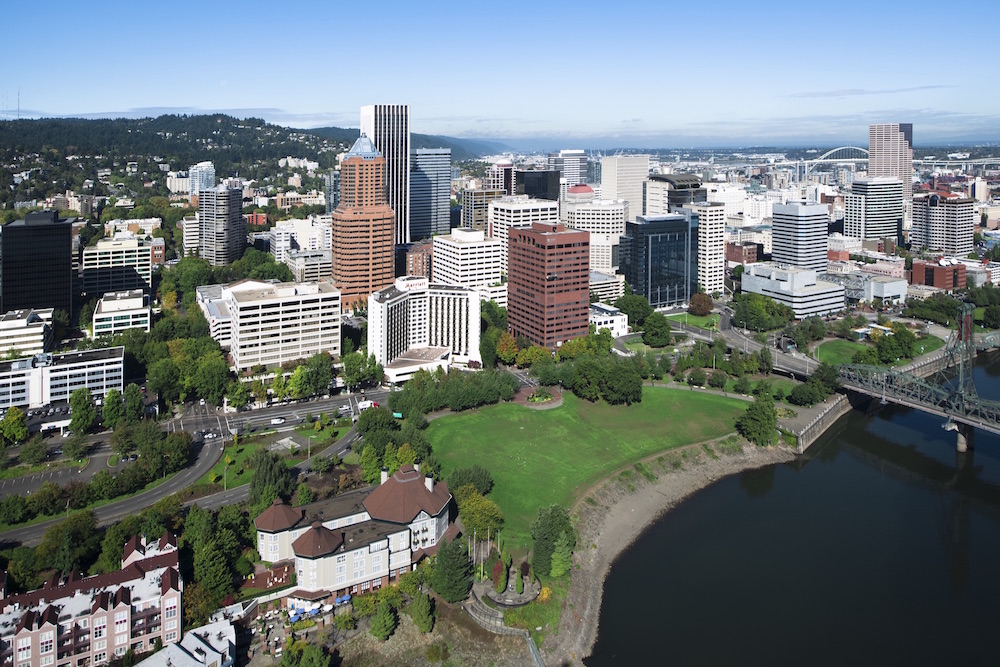We look forward every year to the spring meeting of the CORE Network, where we have a chance to share and compare challenges, opportunities and solutions with our fellow commercial real estate professionals from across the country. Luckily for us, this year the event was held within easy commuting distance, so we gathered the brokers and headed north to Seattle for three days of intense real estate discussion.
Key takeaways for us?
The sectors that are hot here in Portland are hot in most of the major markets. Communities are seeing a rise in high-density infill projects and mixed-use office/residential developments. Real estate is doing well across the country in almost every sector of the market including office, retail, industrial and residential.
West Coast, best coast. Right here in our own backyard, not only is Portland’s commercial real estate scene doing well but our sister cities up and down the West Coast are also doing incredibly well.
How low can we go? Cap rates, the measurement investors use to estimate the potential return on real estate investments, are very low in the strongest markets. (Low cap rates are good for sellers as they signal high demand and higher prices for properties.) Cap rates are so low, in fact, those investors are starting to look in second tier markets for opportunities, which is driving cap rates in those markets even lower.
Design as a workplace strategy. Office space planning is morphing from its traditional formula of measuring space and counting seats to one based on workplace analysis. Previously interior space planners talked with tenants about head count and square footage, and developed a suitable office layout and flow. Today planners consider operations and how a workplace functions to design a work environment that supports company performance. Designers are thinking about flexible work arrangements, more people per square foot, and how to create new ways for teams to collaborate and interact.

